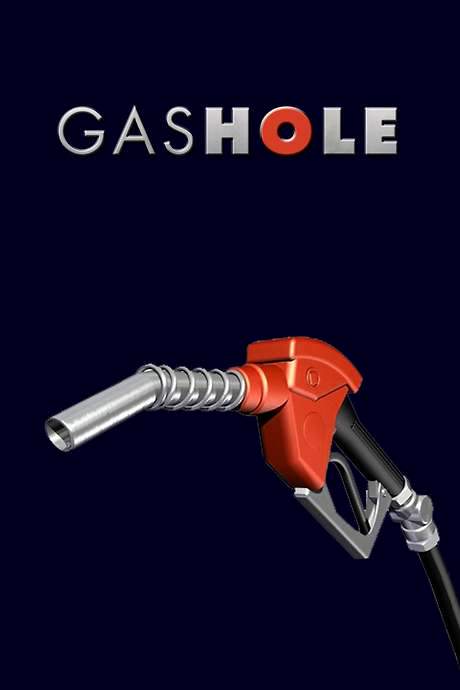
GasHole
Year: 2010
Runtime: 101 mins
Language: English
Directors: Jeremy Wagener, Scott Dwayne Roberts
It chronicles the evolution of oil prices and explores the prospects of alternative fuels, offering a broad yet detailed look at America’s reliance on foreign oil. The film investigates the factors that shifted the United States from a top oil exporter to the world’s largest importer.
Warning: spoilers below!
Haven’t seen GasHole yet? This summary contains major spoilers. Bookmark the page, watch the movie, and come back for the full breakdown. If you're ready, scroll on and relive the story!
Timeline – GasHole (2010)
Trace every key event in GasHole (2010) with our detailed, chronological timeline. Perfect for unpacking nonlinear stories, spotting hidden connections, and understanding how each scene builds toward the film’s climax. Whether you're revisiting or decoding for the first time, this timeline gives you the full picture.
Last Updated: October 09, 2025 at 17:01
Explore Movie Threads
Discover curated groups of movies connected by mood, themes, and story style. Browse collections built around emotion, atmosphere, and narrative focus to easily find films that match what you feel like watching right now.
Analytical documentaries about systemic power like GasHole
Documentaries that calmly unravel complex webs of political and corporate influence.If you liked the investigative approach of GasHole, explore more movies like it. This section features documentaries that methodically examine political corruption, corporate influence, and economic history with a calm, steady narrative pace.
Narrative Summary
Narratives in this thread typically unfold as a logical, evidence-based argument. They connect disparate data points and historical threads to build a coherent case about a systemic problem, often concluding with a call for awareness or change without resorting to heavy emotional manipulation.
Why These Movies?
These films are grouped together because they share a specific analytical mood and narrative structure. They maintain a neutral tone, methodical pacing, and a focus on exposing complex, real-world issues through careful research and exposition.
Movies about energy policy and industry like GasHole
Stories that explore the intricate workings of a crucial industry or economic sector.Find films similar to GasHole's focus on the oil industry. This section includes documentaries and dramas that explore the inner workings of major industries, economic policy, and technological evolution with moderate complexity.
Narrative Summary
The narrative pattern involves explaining a complex system from its origins to its modern-day implications. Films often trace a timeline, introduce key players and technologies, and analyze the consequences of policy decisions, creating a layered but coherent understanding for the viewer.
Why These Movies?
These movies are united by their subject matter focus and explanatory approach. They share a moderate complexity as they break down intricate topics, a medium emotional weight due to the seriousness of the subject, and a thoughtful mood aimed at fostering understanding.
Unlock the Full Story of GasHole
Don't stop at just watching — explore GasHole in full detail. From the complete plot summary and scene-by-scene timeline to character breakdowns, thematic analysis, and a deep dive into the ending — every page helps you truly understand what GasHole is all about. Plus, discover what's next after the movie.
GasHole Summary
Read a complete plot summary of GasHole, including all key story points, character arcs, and turning points. This in-depth recap is ideal for understanding the narrative structure or reviewing what happened in the movie.

Characters, Settings & Themes in GasHole
Discover the characters, locations, and core themes that shape GasHole. Get insights into symbolic elements, setting significance, and deeper narrative meaning — ideal for thematic analysis and movie breakdowns.

GasHole Spoiler-Free Summary
Get a quick, spoiler-free overview of GasHole that covers the main plot points and key details without revealing any major twists or spoilers. Perfect for those who want to know what to expect before diving in.

More About GasHole
Visit What's After the Movie to explore more about GasHole: box office results, cast and crew info, production details, post-credit scenes, and external links — all in one place for movie fans and researchers.


























